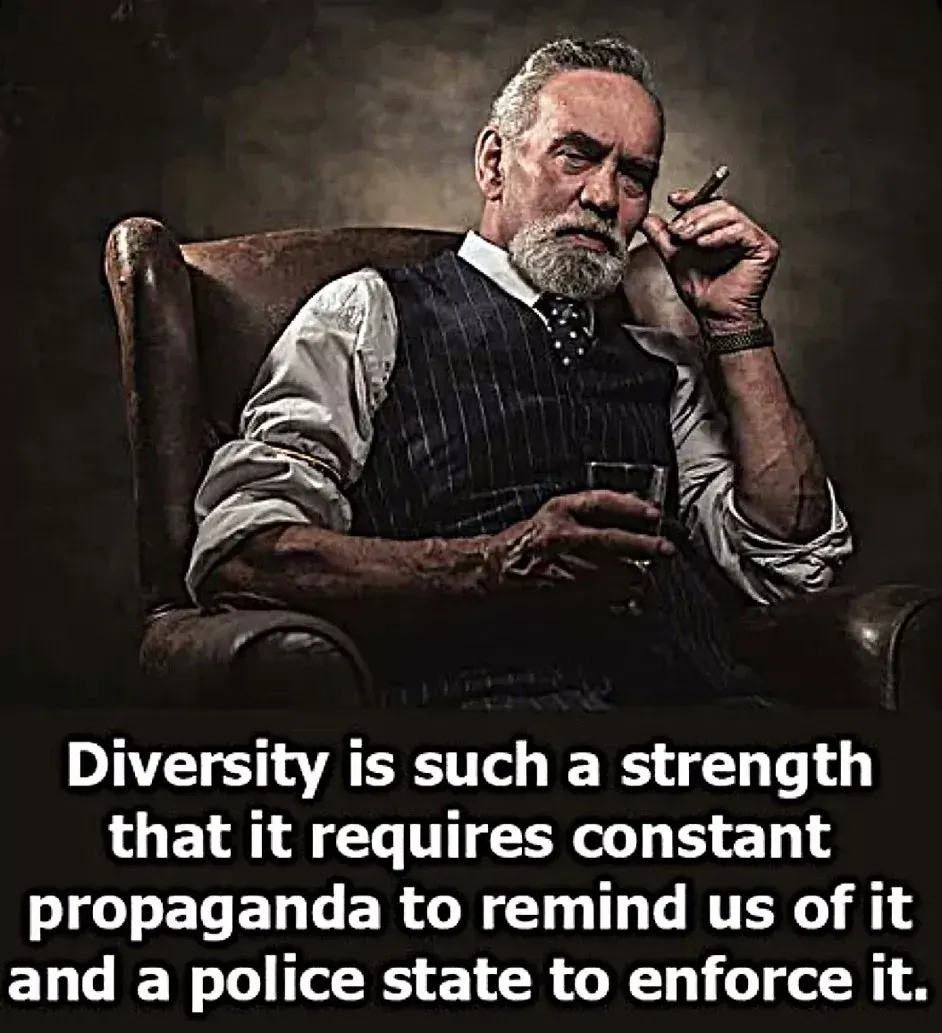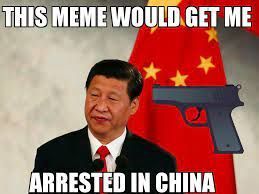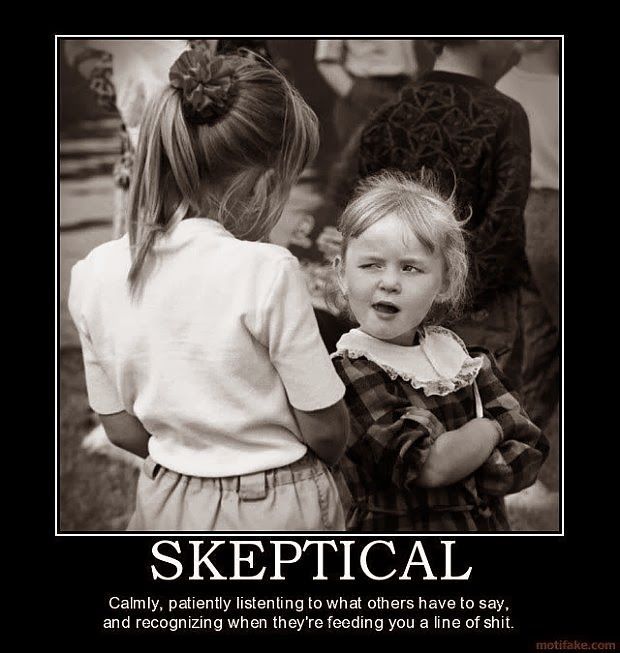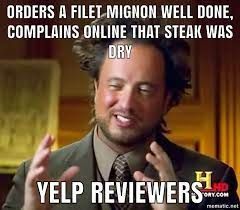The Birth of Monotheism
The Birth of Monotheism: Cultural Fusion and the Rise of One God
By Alan Marley
Monotheism—the belief in a single, all-powerful deity—is often viewed as a theological revolution. But history suggests it was not a sudden revelation; rather, it was an evolution rooted in centuries of cultural contact, religious reform, and political upheaval. The rise of monotheism in the ancient Near East, especially among the Israelites, represents a gradual process of refinement, merging traditional beliefs with new theological insights brought about by conquest, exile, and survival.
Early Israelite Religion: Henotheism, Not Monotheism
The earliest form of Israelite religion was not strictly monotheistic. Scholars widely agree that the Israelites originally practiced henotheism—the worship of one god without denying the existence of others (Smith, 2002). Numerous passages in the Hebrew Bible suggest the presence and acceptance of other deities. For example, Exodus 15:11 asks, “Who is like you among the gods, O LORD?” This rhetorical question implies that other gods were believed to exist, even if Yahweh was considered supreme.
Psalm 82 is another key example. In it, God presides over a divine council and passes judgment on other gods. The passage concludes with a declaration that Yahweh will “inherit all the nations” (Psalm 82:8), indicating a shift toward universal rule—but not yet exclusive divinity.
The Canaanite Connection: Yahweh, El, and Baal
Archaeological and textual evidence reveals significant theological borrowing from Canaanite religion, particularly in the figures of El, Baal, and Asherah. The name El, for instance, appears frequently in Hebrew names—Israel, Betel, Ezekiel—indicating early reverence or syncretism (Day, 2000). Some biblical passages even refer to Yahweh as "El Elyon" (God Most High), suggesting a blending of identities (Genesis 14:18–20).
Baal, the Canaanite storm god, was both a rival and influence on Israelite thought. The prophetic texts denounce Baal worship repeatedly, which ironically confirms how widespread his worship was among Israelites (Hosea 2:13; 1 Kings 18). These denunciations mark the struggle to define Yahweh not just as superior, but as the only legitimate deity.
The Babylonian Exile: Crisis and Theological Shift
The Babylonian exile (586–539 BCE) was a turning point. The destruction of the Jerusalem Temple and the deportation of Israel's elite to Babylon forced a theological crisis. Without a temple, priesthood, or national autonomy, the Israelites reexamined their covenant with Yahweh. Many scholars argue that this period gave rise to pure monotheism as a response to national catastrophe (Finkelstein & Silberman, 2001).
During exile, the biblical texts underwent significant editing and compilation. The Deuteronomistic history (Deuteronomy through Kings) reframes Israel’s past as a series of covenantal failures—idolatry, injustice, disobedience—culminating in divine punishment. This reinterpretation not only reinforced exclusive worship of Yahweh but portrayed Him as the only true god who acts on behalf of all nations.
he Influence of Zoroastrianism and Persian Ideals
While in exile and under later Persian rule, Israelites encountered Zoroastrianism, a monotheistic-leaning religion with cosmic dualism and a focus on divine justice. The figure of Ahura Mazda, the single wise god, may have influenced emerging Jewish ideas of Yahweh as a universal moral judge, rather than a tribal deity (Boyce, 1979).
Persian imperial ideology also aligned with Israel’s theological evolution. The Persian kings allowed the Jews to return and rebuild their temple, framing their monotheistic worship as beneficial to imperial harmony. This further solidified the shift toward exclusive Yahweh worship as part of a new national identity.
Conclusion: Monotheism as Evolution, Not Invention
The birth of monotheism was not a spontaneous event. It was forged in the crucible of crisis, shaped by cultural exchange, and refined by centuries of theological development. What began as henotheistic worship of Yahweh within a pantheon evolved into the foundational principle of Judaism: “Hear, O Israel: The LORD our God, the LORD is one” (Deuteronomy 6:4).
Understanding the human and historical context of monotheism does not diminish its spiritual significance—it enriches it, showing how deeply faith responds to history, survival, and the need for meaning.
References
Boyce, M. (1979). Zoroastrians: Their Religious Beliefs and Practices. Routledge & Kegan Paul.
Day, J. (2000). Yahweh and the Gods and Goddesses of Canaan. Sheffield Academic Press.
Finkelstein, I., & Silberman, N. A. (2001). The Bible Unearthed: Archaeology's New Vision of Ancient Israel and the Origin of Its Sacred Texts. Free Press.
Smith, M. S. (2002). The Early History of God: Yahweh and the Other Deities in Ancient Israel (2nd ed.). Eerdmans. is paragraph text. Click it or hit the Manage Text button to change the font, color, size, format, and more. To set up site-wide paragraph and title styles, go to Site Theme.
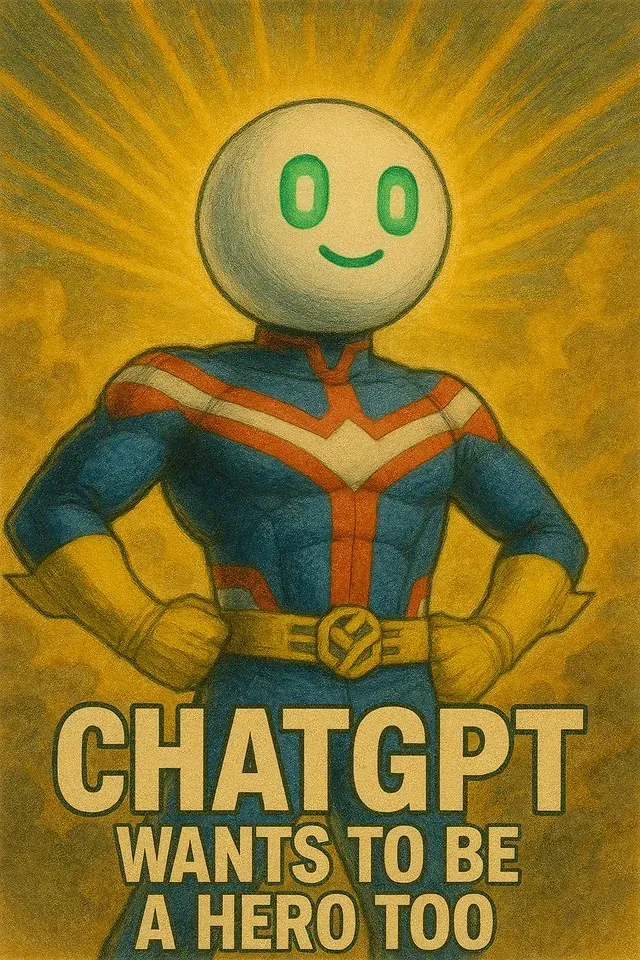
Cultural Fusion and the Rise of One God
By Alan Marley
Monotheism — the belief in a single, all-powerful deity — is often celebrated as a bold theological revolution that forever changed human history. But what if this revolution was less an instant revelation and more a long, winding evolution? Archaeological finds, ancient texts, and historical context all point to a complex truth: the rise of monotheism in the ancient Near East, especially among the Israelites, was a slow and messy process. It was shaped by centuries of cultural borrowing, religious reform, conquest, and crisis. Each piece of this story — from early henotheism to the trauma of exile to the philosophical cross-pollination with Persia — shows how deeply human experience shaped the idea that there could be just one God over all.
Early Israelite Religion: Henotheism, Not Monotheism
The starting point for Israel’s religious journey is not strict monotheism but henotheism. This concept, coined by 19th-century scholars, describes the worship of one primary god without denying the existence of others. Early Israelites focused their loyalty on Yahweh but acknowledged other divine beings in the broader spiritual world. This is not speculation — it’s written right into their oldest scriptures.
Consider Exodus 15:11: “Who is like you among the gods, O LORD?” The rhetorical question only makes sense if the audience believed other gods were real but subordinate. Psalm 82 is even more striking. Here, the text pictures Yahweh standing in judgment over a council of divine beings — gods who have failed to govern the world justly. The psalm ends with Yahweh claiming authority over all nations, hinting at an expanding universal claim — but the very existence of this divine council shows that monotheism hadn’t yet fully formed (Smith, 2002).
Henotheism fit the political realities of the ancient Near East. Israel’s early neighbors — Canaanites, Moabites, Edomites — had their own national gods. Local shrines, sacred stones, and family deities coexisted alongside official state cults. The Israelites, too, built local high places and altars. Prophets like Elijah and Hosea railed against this “competing worship” precisely because it was so common and deeply rooted.
Understanding this henotheistic stage helps us see how radical the later demand for exclusive loyalty to Yahweh really was. It took centuries for Israel’s leaders — priests, scribes, and prophets — to push their people from “Yahweh is our main god” to “Yahweh is the only true God.” This wasn’t just theology — it was about forging a unique identity in a world full of rival kingdoms, empires, and foreign cults.
Today, we often imagine monotheism as a pure spiritual breakthrough. But the Hebrew Bible itself preserves the messiness of its own evolution. The fact that later editors kept these early polytheistic echoes shows how honestly the tradition wrestled with its past — a past in which Israelite faith was far from the tidy monotheism people now assume it always was.
The Canaanite Connection: Yahweh, El, and Baal
If early Israelite religion was henotheistic, it was also unmistakably Canaanite in its cultural DNA. The Israelites didn’t emerge in isolation. They lived among and intermarried with Canaanite tribes, sharing language, farming practices, and yes — religious ideas. Many archaeologists argue that early Israelites were themselves a breakaway Canaanite group (Finkelstein & Silberman, 2001).
The name El is one clue to this shared heritage. El was the high god of the Canaanite pantheon, a father figure ruling over a divine council. His name appears throughout the Hebrew Bible: Isra-el (he who strives with El), Bethel (house of El), Ezekiel (God strengthens). Genesis 14 even names “El Elyon” — God Most High — in connection with Melchizedek, the priest-king of Salem, further suggesting a fluid overlap between El and the developing figure of Yahweh.
Baal, the storm god of fertility and weather, was another huge influence — and a constant rival. Prophets from Hosea to Elijah denounced Baal worship because it was deeply rooted among ordinary Israelites. The famous showdown on Mount Carmel (1 Kings 18) was not an abstract theological debate but a dramatic effort to prove that Yahweh, not Baal, controlled rain and drought. The fact that so many Israelites kept slipping back into Baal worship shows how deeply Canaanite religion was woven into daily life.
Asherah, the Canaanite mother goddess, was also venerated alongside Yahweh in some early contexts. Archaeologists have uncovered inscriptions asking for “Yahweh and his Asherah” — suggesting that in household shrines and local cults, Yahweh might have had a divine consort (Day, 2000). Such evidence doesn’t fit later orthodox monotheism, so these references were edited out or reinterpreted as Israelite religion moved toward exclusivity.
This dynamic tension — borrowing, merging, rejecting — shaped Israel’s evolving identity. The prophets’ relentless attacks on Canaanite influences weren’t just about foreign ideas. They were about forging a new theology that could bind the people together in times of political threat. The struggle to define Yahweh as not just supreme but singular was, at its heart, a cultural battle: Who are we? Who do we worship? And what does it mean to be distinct in a world filled with powerful gods and empires?
The Babylonian Exile: Crisis and Theological Shift
Few moments in Israelite history were more devastating — or more transformative — than the Babylonian exile. In 586 BCE, Babylonian armies under Nebuchadnezzar II captured Jerusalem, destroyed the First Temple, and deported the Judean elite to Babylon. The king was dethroned, the priesthood scattered, and the land laid waste. For a people whose identity revolved around the Temple and a land promised by Yahweh, this was an existential crisis.
Many scholars argue that this national trauma was the crucible that forged true monotheism (Finkelstein & Silberman, 2001). Without a central place of worship, the exiled community was forced to rethink how to stay loyal to their god in a foreign empire surrounded by powerful deities like Marduk. The Deuteronomistic editors compiled older oral traditions, rewriting Israel’s past as a cautionary tale: disobedience to Yahweh — idolatry, social injustice, and neglect of the covenant — had brought catastrophe.
Books like Kings and Deuteronomy highlight this theological pivot. They reinterpret the exile not as Yahweh’s weakness but as proof of His moral supremacy. Yahweh is not just Israel’s local protector — He is the one true God, acting in history to discipline His people and ultimately restore them. This reinterpretation gave the exiles hope that they had not been abandoned, and it laid the groundwork for a new national identity that no longer depended solely on a single temple or city.
During this time, prophetic voices like Isaiah and Ezekiel went even further. They envisioned Yahweh as sovereign over all nations, not just Israel. In Second Isaiah (Isaiah 40–55), the prophet declares, “I am the LORD, and there is no other; besides me there is no God” (Isaiah 45:5). This stark declaration is a powerful break with earlier henotheistic hints.
Exile also sparked practical reforms: the rise of synagogues, portable scriptures, and rituals like Sabbath observance that could be practiced anywhere. These changes made Israel’s faith more adaptable, laying the foundation for survival through centuries of diaspora.
Trauma, reflection, and adaptation — this is how monotheism evolved in the furnace of Babylon. Far from being a theological accident, it was the hard-earned answer to the question every exiled community asks: How do we remain who we are when everything we know is gone?
The Influence of Zoroastrianism and Persian Ideals
When the Persian Empire under Cyrus the Great conquered Babylon in 539 BCE, the Israelites found themselves under a new ruler — one whose religious ideas would leave a lasting mark. Zoroastrianism, the dominant faith of Persia, offered a strikingly monotheistic (or at least monotheistic-leaning) worldview. Its supreme god, Ahura Mazda, was portrayed as all-wise, just, and engaged in a cosmic struggle against evil forces.
Mary Boyce (1979) and other scholars have argued that this encounter helped shape emerging Jewish theology. The biblical emphasis on divine justice, the growing focus on angels and demons, and apocalyptic visions of cosmic battles all mirror themes common in Zoroastrian texts. For instance, the later books of Daniel and Isaiah show a more developed sense of a moral universe ruled by a single righteous God — ideas that resonate with Zoroastrian dualism.
Persian policy also played a role. Cyrus famously allowed the exiled Jews to return to Judah and rebuild their temple. This imperial tolerance wasn’t altruistic — it helped stabilize the empire by encouraging local loyalty. But it also reinforced Israel’s new identity as a people defined not just by land or monarchy, but by exclusive covenant with one God who transcended borders.
Some scholars caution against overstating Persian influence. After all, Israel’s theological trajectory was already moving toward monotheism during exile. But there is little doubt that Persian imperial ideals — a universal king under a universal god — aligned neatly with the idea of Yahweh as the only true God for all peoples.
These cross-cultural exchanges remind us that theology doesn’t develop in a vacuum. Even monotheism — so often seen as a pure revelation — was forged through dialogue, conquest, and philosophical borrowing. This blending doesn’t cheapen the belief. It shows that faith can adapt and grow, absorbing new insights to meet the needs of a changing world.
Conclusion: Monotheism as Evolution, Not Invention
When people imagine the birth of monotheism, they often think of a single mountaintop revelation. But history tells a richer, more human story: Israel’s faith in one God was forged through centuries of tension — between henotheism and exclusivity, between tradition and reform, between cultural borrowing and self-definition.
From the Canaanite countryside to the courts of Babylon and the tolerant rule of the Persian kings, every crisis and cultural contact forced the Israelites to ask again: Who is our God? What does it mean to worship only Him? In answering, they shaped a vision that would become the bedrock for Judaism, Christianity, and Islam — faiths that now guide billions.
Understanding this evolution doesn’t diminish the power of the Shema — “Hear, O Israel: The LORD our God, the LORD is one” (Deuteronomy 6:4). If anything, it makes it more remarkable. It reminds us that faith is not static but alive — refined in struggle, carried through exile, and ever open to the truths that history brings.


